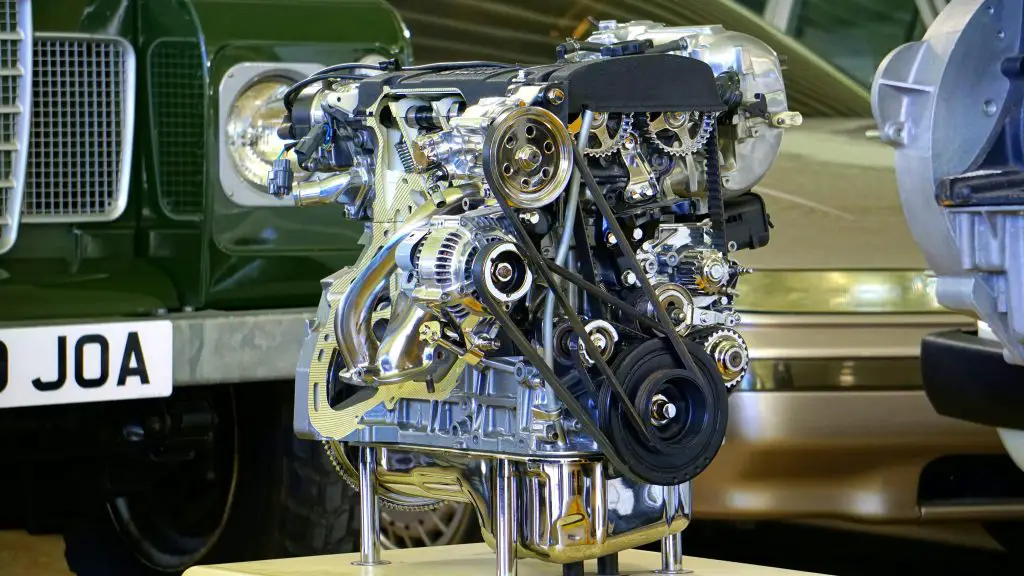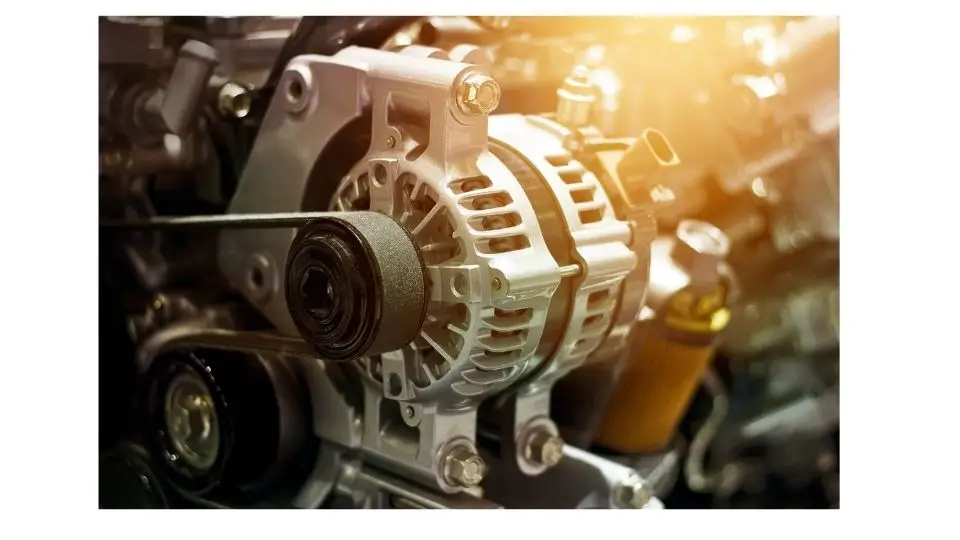Launched in 2004, the 3.6 V6 first found its way into the Cadillac CTS before being featured in Chevy and other brands. This powerhouse has seen many versions, with each version differentiated from the other by a unique code. Most of which had met the needs of users.
One Reddit user stated:
The 3.6 is solid and easy to repair also.
However, despite its unwavering reputation, some users still doubt the Chevy 3.6 V6 reliability.
In this article, I will provide an explicit explanation of the issue surrounding it to minimize this confusion. Read on to get more concise info on the engine.
Chevy 3.6 V6 Reliability
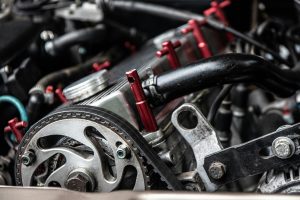
The Chevy 3.6 V6 from General Motors (GM) is one of the most reliable options on the market. The engine produces plenty of power, enough for towing boats and even trailers. It has decent fuel economy, less oil consumption, and is generally trouble-free.
People who ever had to make repairs did theirs at around 100k miles upwards, with the majority of repairs being minor. With proper maintenance, the engine can go beyond 200k miles.
However, some people might have a view contrary to this, and that’s because of the problems encountered by earlier models. While most of these issues were addressed in later versions starting from the 2012 model year, the stigma however still rubs off on the engine.
Specifications
While the Chevy 3.6 V6 has seen different versions, with each evolution better, all of them featured a 60-degree V6 setup. The engine also came with a DOHC valve train configuration, a setup that utilizes four valves per cylinder. Two intake and two exhaust valves, amounting to 24 valves.
While some models used the direct fuel injection system, others utilized a multi-port fuel injection system and variable cam phasing. Inside the engine is a strong crankshaft and connecting rods carefully engineered for maximum vehicle performance. It features a coil-on plug ignition system and a variable-length intake manifold.
Typically, each version has a certain torque and horsepower range. However, the engine produces 225-520 lb. ft of torque with horsepower between 212-600 hp. The engine has 6 cylinders and can house 3.6 liters of gasoline.
Aside from Chevrolet, many other car manufacturers, such as GMC, Buick, Suzuki, Holden, Pontiac, and Saturn, have included it in some of their cars, SUVs, and trucks.
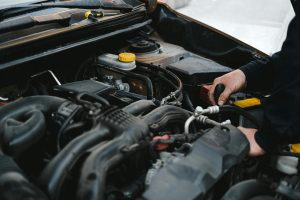
The 3.6 V6 Engine Specs
|
Producer |
General Motors |
|
Production year |
2004 |
|
Engine materials |
Cast aluminum, aluminum, cast iron, steel |
|
No of cylinders |
6 |
|
Valves |
24 (4 per cylinder) |
|
Fuel system |
Direct injection Multi-port injection |
|
Fuel used |
Gasoline |
|
Compression ratio |
10:2:1—11:5:1 |
|
Torque |
225-520 lt ft |
|
Horsepower |
212-600 hp |
|
Emission control |
Dual catalytic converter Positive crankcase ventilation Evaporative system |
|
Displacement |
3564cc |
|
Versions |
LYZ, LFX, LFR & LFY, LWR, LSC, LF3, LF4, LGX and LGZ |
Chevy 3.6 V6 engine problems
Though minimized in later versions, users had issues with earlier models (prior to 2012), especially with the timing chain.
1. Timing chain issues
The most common problems that plagued earlier versions of the 3.6 V6 were timing chain slacking or breaking. While this can be due to the engine design, the majority of timing chain failures were attributed to improper lubrication.
When the chain fails, the correlation between the camshaft and crankshaft is altered, resulting in the incorrect closing and opening of the valves. Invariably leading to performance issues. A timing belt issue will usually set the check engine light on. This issues, however, was in fact fixed in 2012, and it appears to be much less common with the newer models.
GM has gotten ahead of the premature timing chain failures and mitigated their financial exposure. First they changed the software to shorten the oil change intervals. They also changed the parameters that define a “failure”. The updated software allows much more “slop” in the crank to cam and cam to cam alignment/timing specs. This way the engine continues to run (with reduced performance/economy) and does not throw a code until much later. These changes, with the shortened warranty (60,000 miles instead of 100,000) has reduced the warranty claim costs to negligible.
GM knows what they are doing and can successfully manage their exposure to timing chain failures. I believe GM has concluded the timing chain failure issue.
Check out the video below to learn more on how to prevent timing chain problems on your Chevy. In summary, the host points out 5 key points:
- The importance of replacing the timing chain when stretched too far to maintain tension.
- Notices that engines with frequently changed oil (every 4,000-5,000 miles) are cleaner and have less sludge compared to those following the GM oil life monitor’s longer intervals.
- Poor ventilation in these engines, which exacerbates oil breakdown and accumulation of sludge.
- He recommends that owners replace not just the timing chain, but also the cam phasers and oil pump during maintenance to avoid future problems.
- Need to have regular oil checks and using engine flush treatments to maintain the engine health.
2. Oil consumption
The earlier models were also known to consume oil faster, with oil getting contaminated quickly. This often leads to improper lubrication of parts and eventual failure of the timing chain and its components.
According to many users, instead of relying on the 7.5k-mile interval, most do their oil changes within 2-7k miles to ensure the engine has just enough oil. To curtail oil issues on these models, GM added an oil life monitor to tell users exactly when to change or top oil instead of relying on the recommended interval.
Still, I would do your oil changes within the 5-7k mile range instead of following the 7.5k standard interval.
The 3.6 in other vehicles are notorious for grenading due to timing chain issues. It’s a good idea to keep these vehicles well oiled and replace it more often than GM recommends if you have any interest in keeping the vehicle long term.
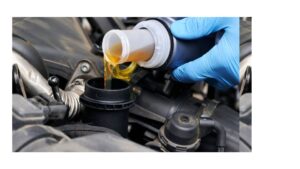
3. Camshaft actuator issues
While not a major issue, the camshaft actuators could also fail or get stuck, leading to improper valve timing. Invariably hampering engine performance.
Positive crankcase ventilation (PCV) valve issue
The PCV valve on these engines could clog up or fail, resulting in engine leaks and increased oil consumption.
4. Water pump failure
The Chevy 3.6 V6 water pump can sometimes leak or even fail, leading to engine overheating and potentially damaging other engine parts.
5. Head gasket failure
The head gasket can fail or break, leading to leakage of coolant. Invariably resulting in engine overheating and complete engine damage.
6. Ignition coil issue
The Chevy 3.6 V6 ignition coil can fail, resulting in engine misfires and reduced engine performance, and in a worst-case scenario, damage the catalytic converters.
7. Transmission failure
The engine experiences transmission issues ranging from transmission slippage to hard shift. All of which can result in the damage of other components, such as the sensor and solenoids.
8. Other concerns
Users note that some engine components are in a difficult-to-access position, not making the engine DIY-friendly. So, in some cases, you may need professional help, which is rather expensive.
One user, for example, wanted to replace his failed starter, with parts setting him at $120, the labor fee was totaling $4000.
Conclusion
While very solid now, many have questioned the Chevy 3.6 V6 reliability because of the issues older models faced. Not like it’s so easy to get rid of a stigma.
However, while the engine is now mechanically powerful, note that it’s not completely problem-free. Complaints are just at the barest minimum. The most efficient way to ensure durability is to keep up with regular oil changes and use proper synthetic oil.

While growing up, I knew I had a thing for car repairs though my parents never wanted me to learn mechanics. I always visit a mechanic garage in my small neighborhood after school. As I grew older, at age 16, I got addicted to anything automotive. My parents had to enroll me in that mechanic garage since giving up was never an option for me. As a dedicated mechanic who got into the industry from an early age, I’m graced with an addiction to diagnosing and rectifying automotive problems with ease.

